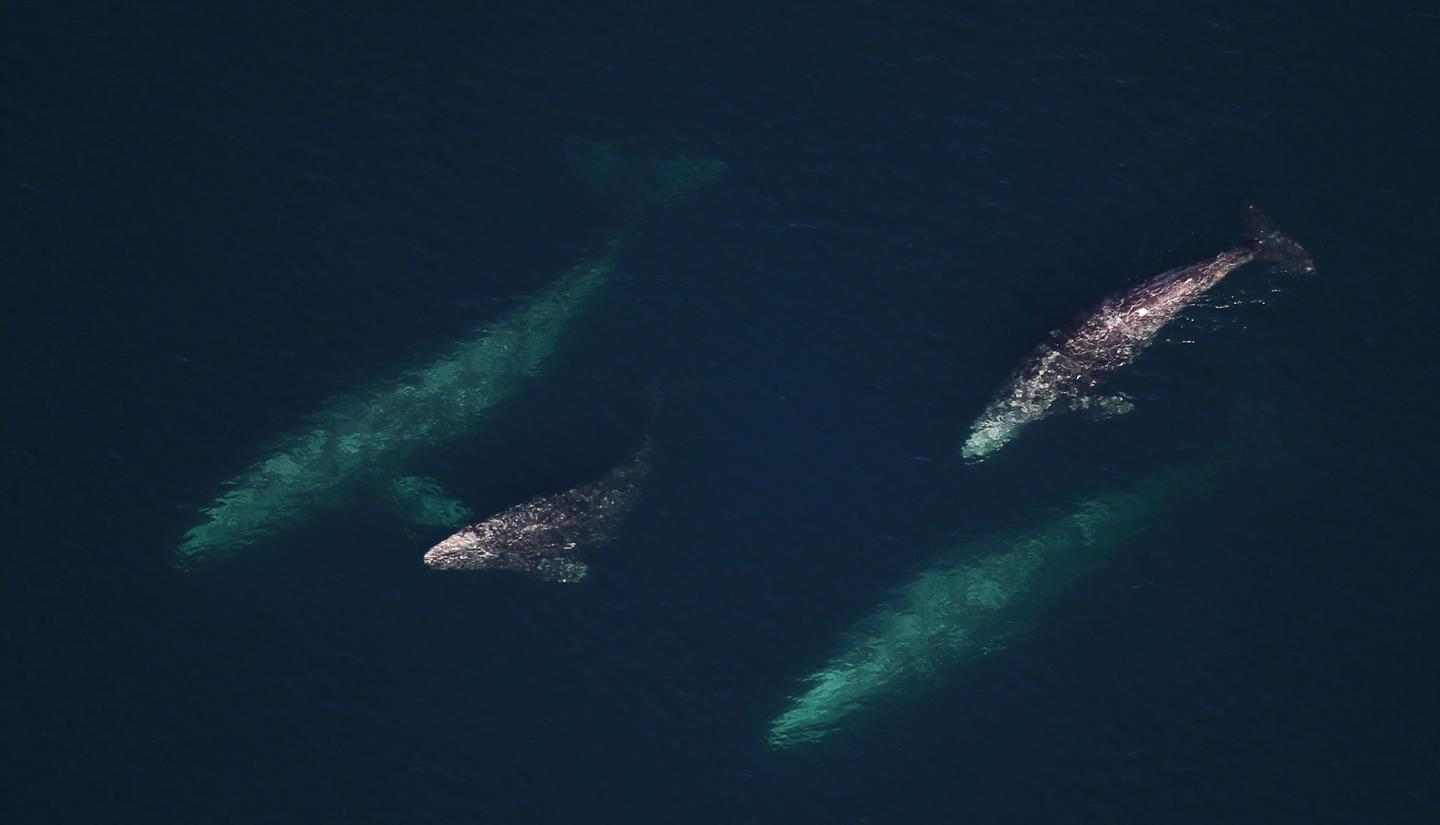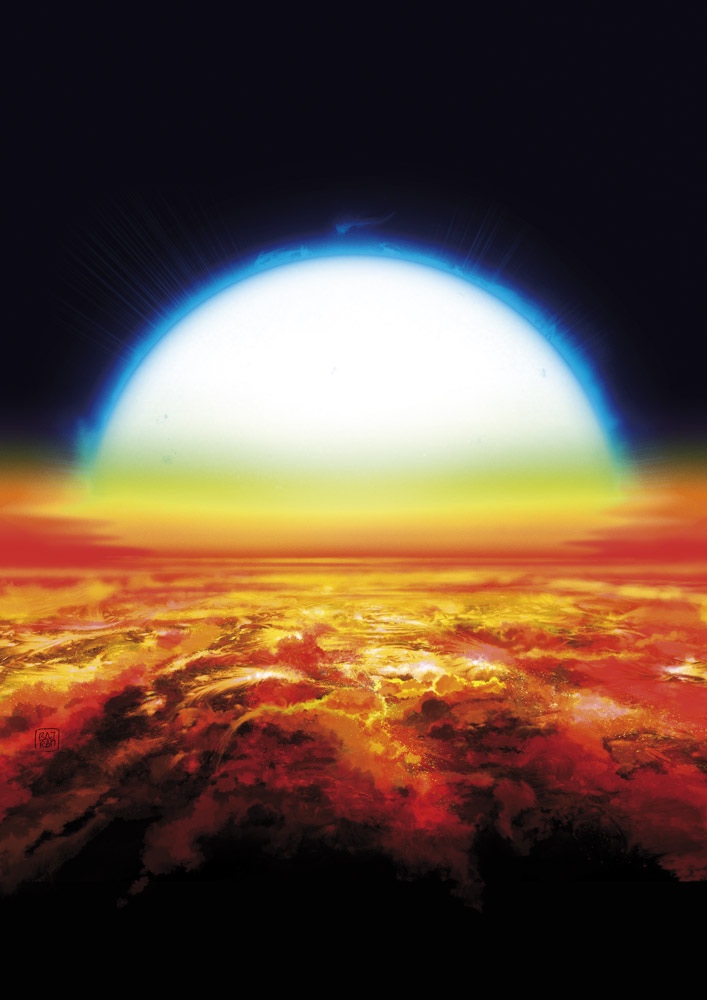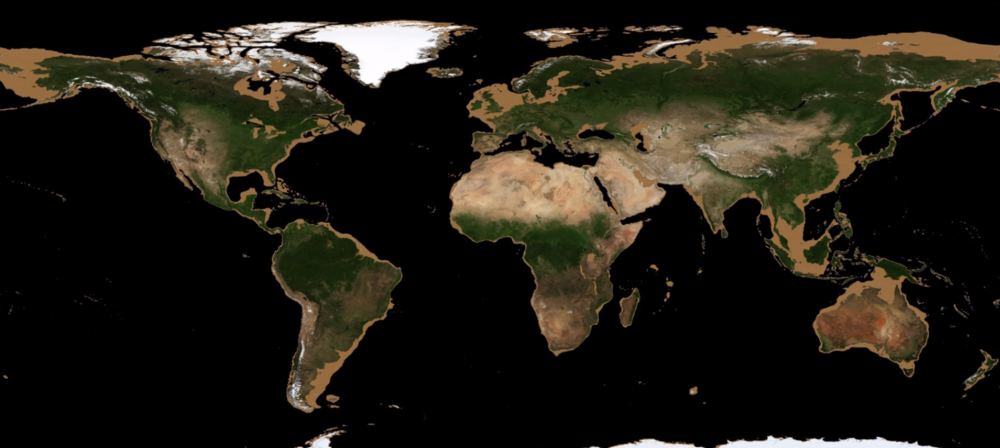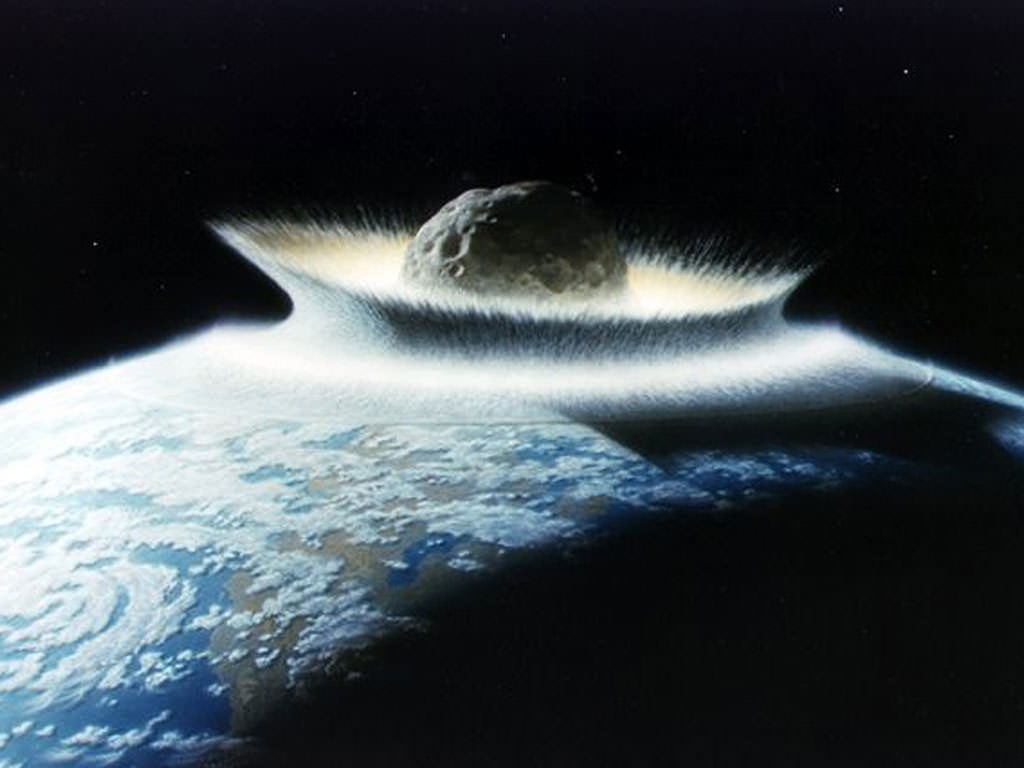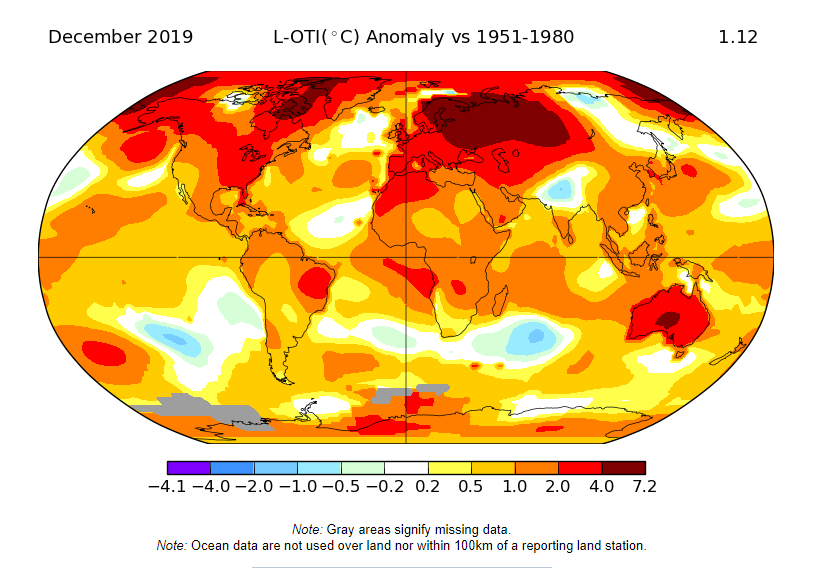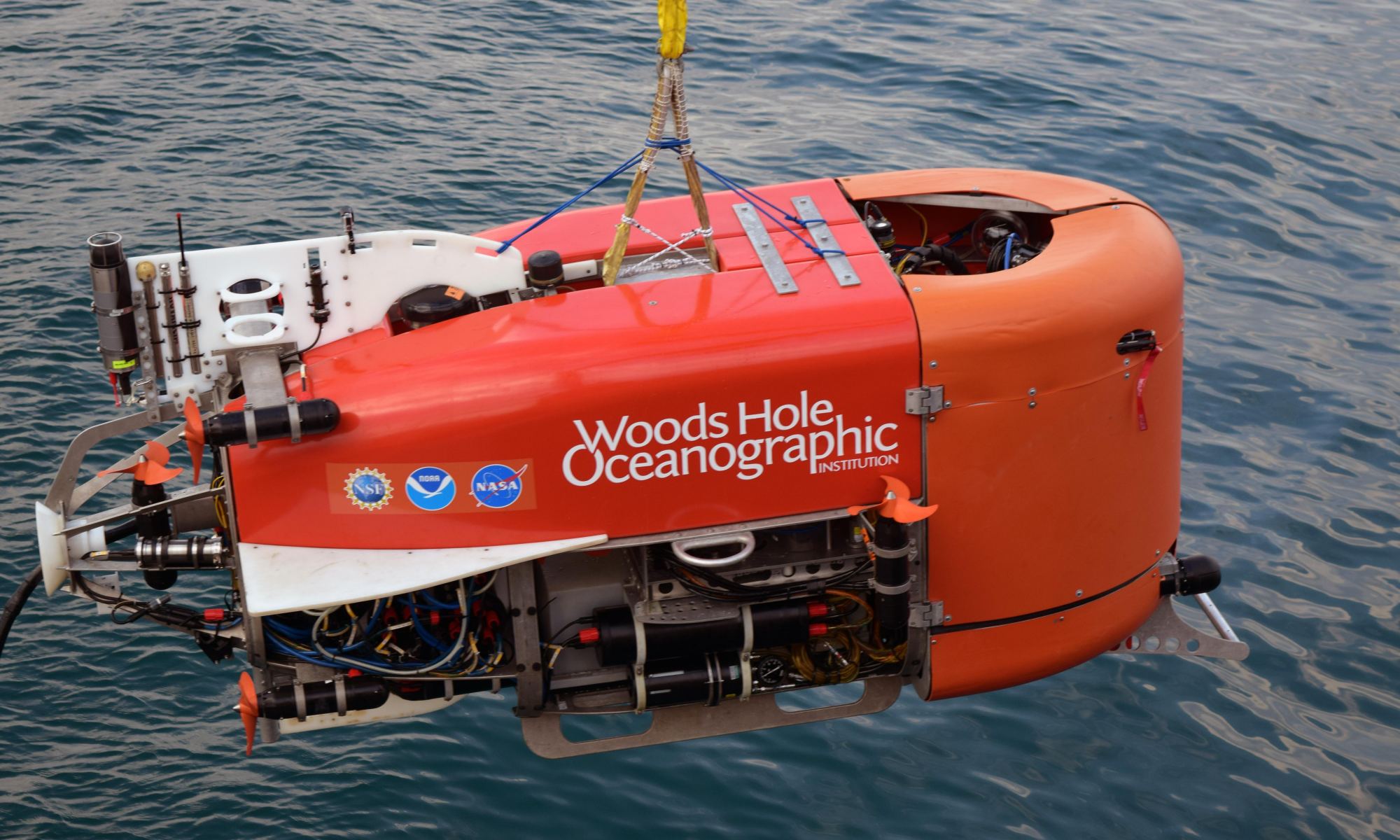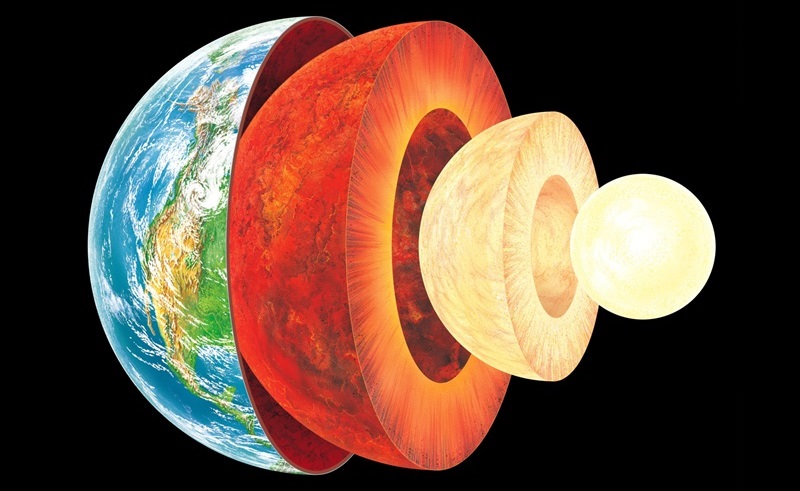The Gray Whale is the 10th largest creature alive today, and the 9 creatures larger than it are all whales, too. Gray Whales are known for their epic migration routes, sometimes covering more than 16,000 km (10,000 miles) on their two-way trips between their feeding grounds and their breeding grounds. Researchers don’t have a complete understanding of how whales navigate these great distances, but some evidence suggests that Earth’s magnetism has something to do with it.
Continue reading “Solar Storms Might Confuse Whale Navigation, and Make Them More Likely to Strand Themselves”Solar Storms Might Confuse Whale Navigation, and Make Them More Likely to Strand Themselves
